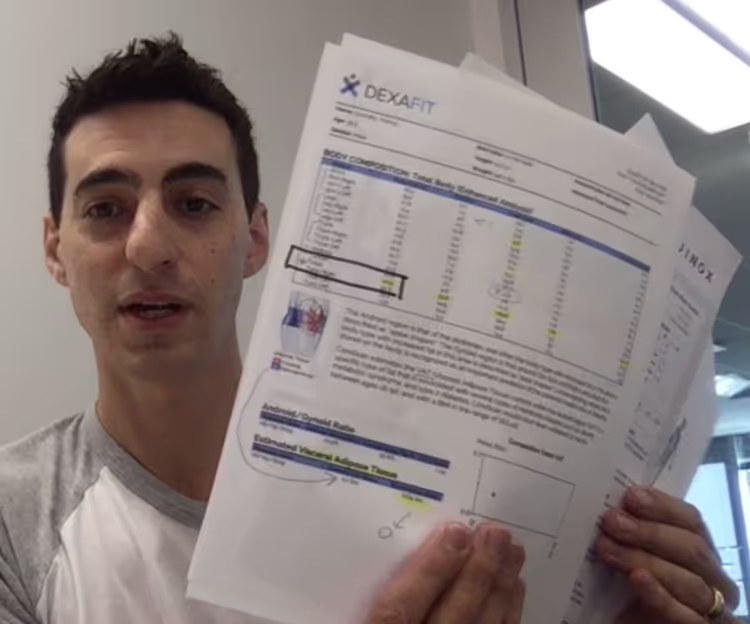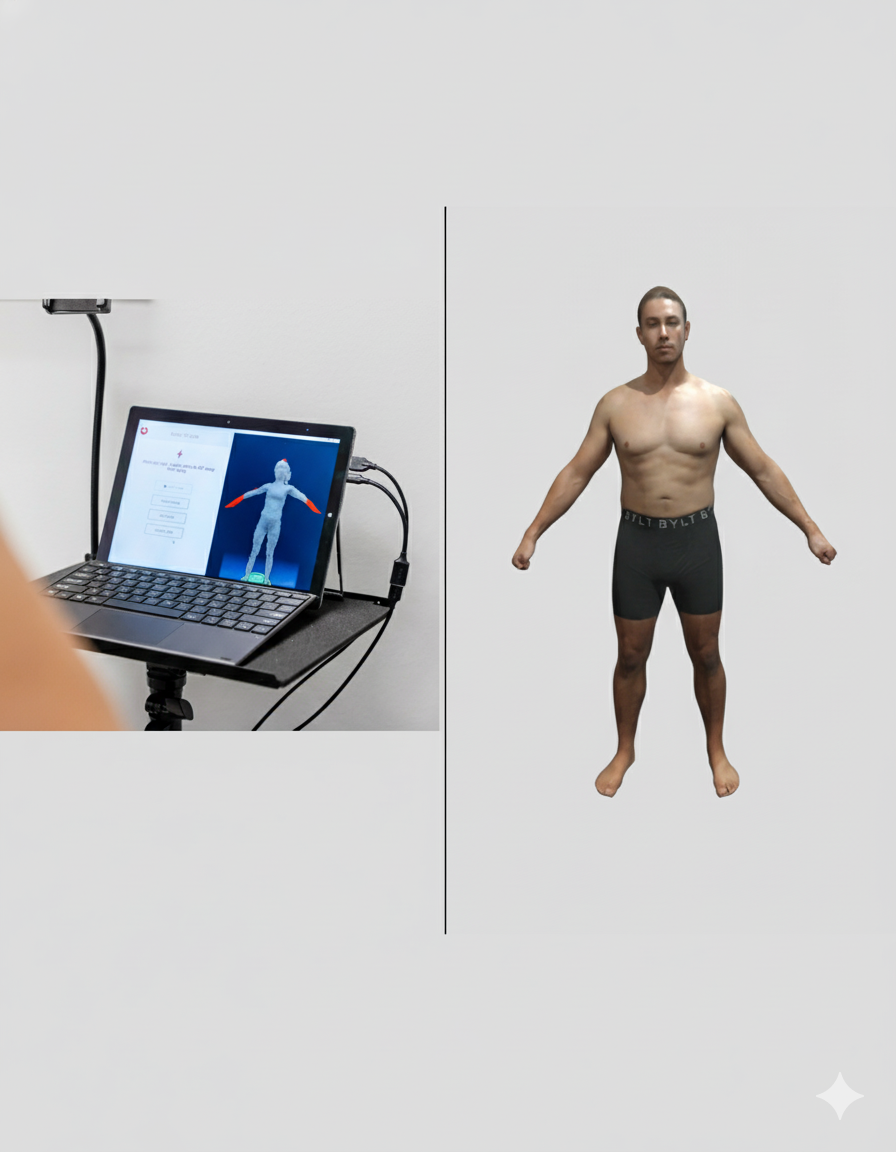
BIA vs Dexa vs Fit3D
All the time people ask “How do we Compare to DXA?” We had Patrick from our team go get 3 types of body assessments to compare - BIA, DEXA, & Fit3D. Here is a one minute video of his results.
Disclaimer: Patrick is an employee of Fit3D and a “study of one” does not provide a sufficient sample size for statistical significance.
- DexaFit Scan: 20.9%
- Fit3D: 18.03%
- BIA (Bioimpediance): 10.1%
Looking at the numbers: Fit3D had a difference of 2.9%, and BIA had a difference of 10.8%.
As Dexa is considered a “gold standard”, we are excited that the Fit3D results were closer to the DXA standard than the BIA measurements. BIA is the technology typically used by InBody, Omron, and various other vendors for body assessment. Unlike the BIA test, Fit3D uses cameras to measure body volume, and we use algorithms from our partnership with DexaFit to calculate body fat percentages.
Since Patrick is an employee, here is another article by a 3rd party about comparing BIA vs Fit3D Body Composition.
If you want to see other ways that 3D Body Scanning compare to other methodologies see the matrix here on our product page.








